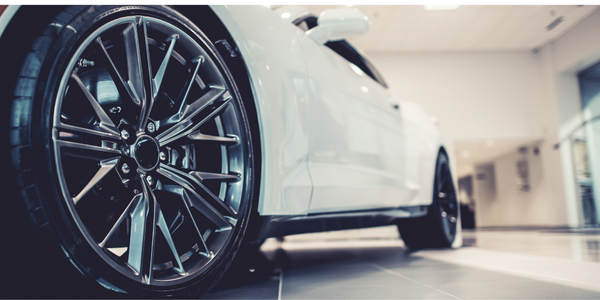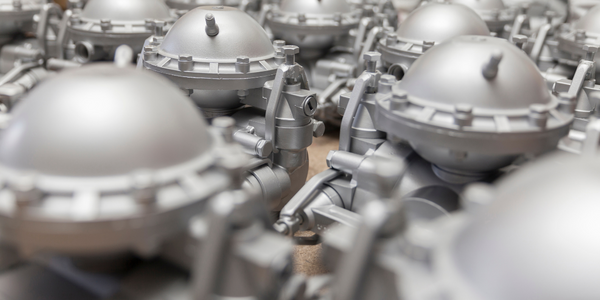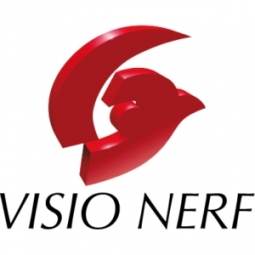
Technology Category
- Analytics & Modeling - Computer Vision Software
Applicable Industries
- Automotive
Applicable Functions
- Discrete Manufacturing
Use Cases
- Computer Vision
Services
- System Integration
The Challenge
There are many challenges to address when designing applications that can improve performance, flow, and quality. These challenges involve rotors and the process of installing tires:
- Over 60 different edges are used for different types of surfaces (dark, matte, glossy), which makes 2D camera systems difficult to capture due to the influence of lighting solutions on different types of surfaces.
- The bolts are pre-installed on every router. Each bolt cap has a small surface area, which means a 3D, high-resolution vision system is necessary to accurately locate the point cloud for each bolt cap.
- During installation, the rotor has random rotation, which means that the bolts are in different positions for each installation, and a solution is needed that will identify the bolt positions.
- The solution also needed to be capable of 3D matching or large point clouds, as the rotor could rotate 15 degrees in both directions along with the vehicle.
- In addition to these technical factors, the part is heavy and has a limited cycle time of only 3.5 seconds for full point cloud grabbing and processing.
The Solution
The solution implemented by Visio NERF uses a high-resolution blue light 3D camera. 3D sensors combined into a blue 3D Vision Robot to guide the solution software. Two FANUC robots with seven-axis linear slides are used in robotics. Using this system, point clouds of wheels and rotors are matched to the corresponding CAD models with remarkable accuracy.
Operational Impact
Quantitative Benefit

Case Study missing?
Start adding your own!
Register with your work email and create a new case study profile for your business.
Related Case Studies.

Case Study
Integral Plant Maintenance
Mercedes-Benz and his partner GAZ chose Siemens to be its maintenance partner at a new engine plant in Yaroslavl, Russia. The new plant offers a capacity to manufacture diesel engines for the Russian market, for locally produced Sprinter Classic. In addition to engines for the local market, the Yaroslavl plant will also produce spare parts. Mercedes-Benz Russia and his partner needed a service partner in order to ensure the operation of these lines in a maintenance partnership arrangement. The challenges included coordinating the entire maintenance management operation, in particular inspections, corrective and predictive maintenance activities, and the optimizing spare parts management. Siemens developed a customized maintenance solution that includes all electronic and mechanical maintenance activities (Integral Plant Maintenance).

Case Study
Monitoring of Pressure Pumps in Automotive Industry
A large German/American producer of auto parts uses high-pressure pumps to deburr machined parts as a part of its production and quality check process. They decided to monitor these pumps to make sure they work properly and that they can see any indications leading to a potential failure before it affects their process.







